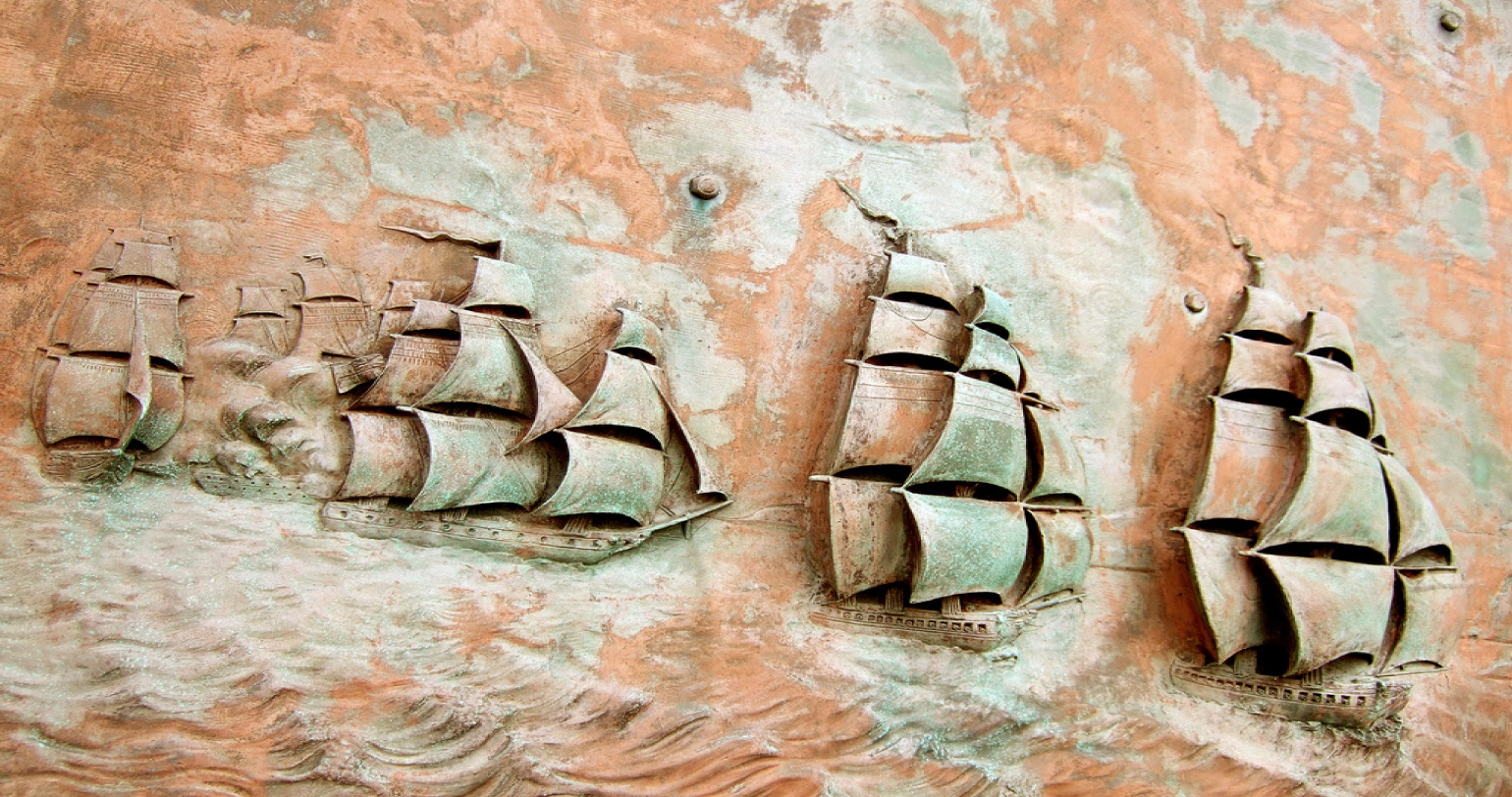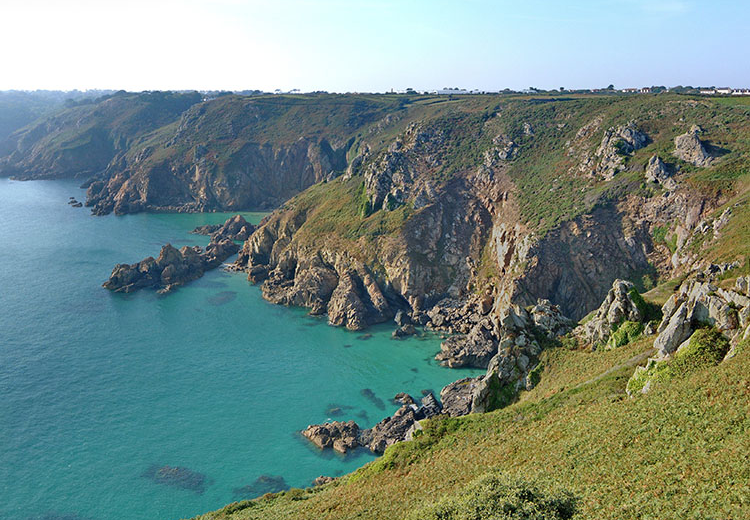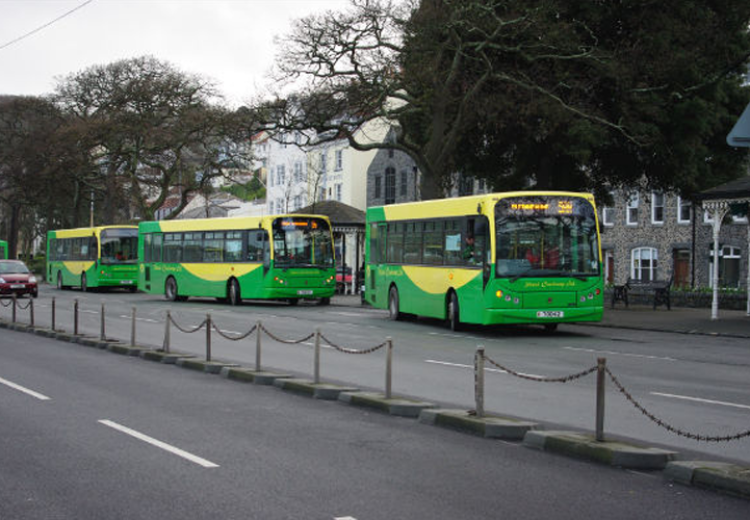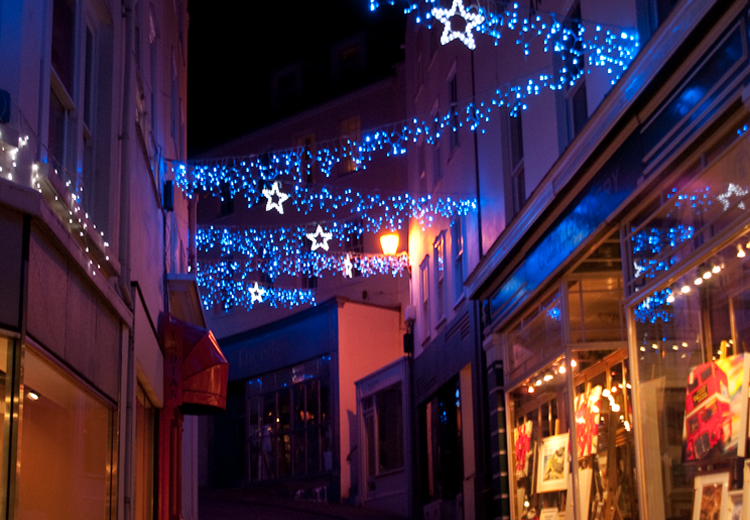
Guernsey is divided into ten parishes and St Sampson contains the second biggest town on the island and what is purported to be the oldest of all the parish churches. The parish is in two parts, the larger part is bordered by Vale to the north and west and St. Peter Port to the south. The second, smaller part of the parish is on the northwest coast. The northern boundary of the parish, Le Braye du Valle, used to be a tidal channel that made the northern extremity of the Island, Le Clos du Valle, a tidal island.
Frenche map of Guernsey ("Grenesey"), Channel Islands, of 1757 by Jacques Nicholas Bellin / CC
As a defence measure the British Government drained and reclaimed the Braye and, as a result, the eastern end became St Sampson’s and the western end forms Grande Havre bay. The roadway that crosses the end of St Sampson’s Harbour is colloquially called The Bridge to remember the bridge that linked the two islands at high tide.
The parish church stands near the spot the where Samson of Dol is purported to have landed on the island from Brittany in the sixth century, intending to convert Islanders to Christianity, St Martin having failed to do so around 100 years prior to Samson’s arrival. Samson is therefore considered patron saint of the island. A chapel was then built in his honour, the current church, though, dates from the 12th Century. St Sampson’s church is featured on the back of the Guernsey £20 note to commemorate his significance.
St Sampson is also home to Delancey Park which features prehistoric burial chambers and the former home of a memorial to Admiral James de Sausmarez. The 30 meter high memorial was demolished by the Germans during The Occupation. The base of the monument is all that remains.
The memorial featured four bronze plaques around its base, which have since been removed and placed at Castle Cornet. These are;
- A Dedication to James first Baron de Saumarez of Guernsey GCB, KS; DCL, Admiral of the Red, General of Marines, b.1757 d.1836. This memorial is erected by his fellow countrymen as a tribute of admiration to his heroism and Christian character. 1878.
- A portrait of the Admiral
- A list of Admiral James de Saumarez victories during his career 1778-1801
- A depiction of one of his sea battles

The parish is also home to Chateau des Marais, known colloquially as Ivy Castle due to the site’s disuse. Here we find an earthworks where a castle seems to have been in existence by 13th Century, and may even pre-date Castle Cornet. Once the latter became more important it fell into disuse although it was remodelled in the Napoleonic era but again this was only temporary. During the Occupation the site was again in use when the forces destroyed much of the archaeological evidence of the earlier motte and bailey structure by building a concrete bunker, machine gun posts and communication trenches. Some restoration work took place in the seventies by the States of Guernsey and the site is now maintained by the Guernsey Museums Service.







